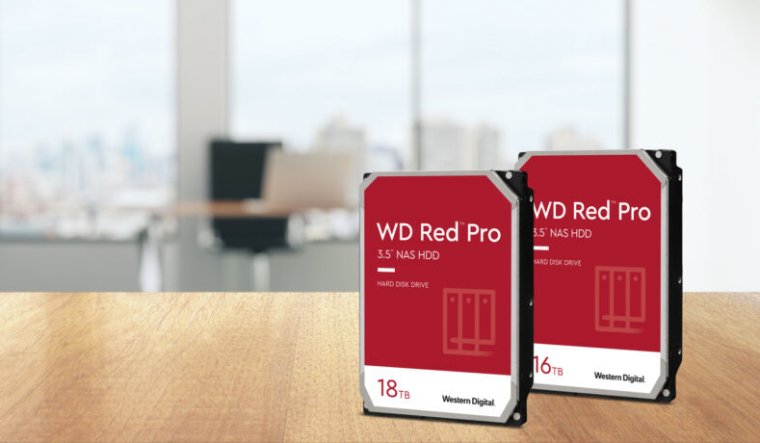
Seagate's 18TB Ironwolf Pro is available for ordering at select retailers now for $580 retail, but actual stock isn't expected until mid-October. Western 18TB Gold drives are available now for $593; the 18TB Red Pro and Purple drives are expected sometime in October, but no prices have been announced yet.
Navigating the Western Digital rainbow
If you're confused about Western Digital's "color" scheme for labeling drives, here's a handy table:
| Label color | General category | What it means |
| Green | Consumer | Green is the lowest performance "color" and intended to denote additional power efficiency. This line has had pretty serious performance and reliability problems in the past. Three-year warranty. |
| Blue | Consumer | Generic consumer drive. No particular guarantees of anything beyond "you plug it in and it works." Usually inexpensive and relatively low power consumption. Not recommended for demanding workloads.Three-year warranty. |
| Black | Performance | 7200RPM, plenty of cache, usually CMR. Except the 2.5-inch, 1TB WD10SPSX, which is SMR. Not recommended for NAS. Five-year warranty. |
| Red | NAS | Built for NAS; prioritizes reliability and vibration isolation, not necessarily speed. 2TB-6TB models are SMR. All future Red (non-Plus, non-Pro) models will be SMR. RPM not guaranteed. Three-year warranty. |
| Red Plus | NAS | This is literally WD Red but guaranteed not to have any SMR models. |
| Red Pro | NAS | WD Red, but higher performance. Basically the best features of Red and Black in one drive. Guaranteed not to be SMR. All current models are 7200RPM and will probably continue to be so. Five-year warranty. |
| Purple | Surveillance | Purple drives are targeted at workloads with lots and lots of streaming writes and very few reads—the most common use being security cameras and DVRs. Not recommended for NAS or general-purpose workloads. Three-year warranty. |
| Gold | Enterprise | A very specific subset of WD's Ultrastar data center drives. The Gold label guarantees SATA access, CMR technology, helium-filled enclosures, and 2.5M hour (285 year) MTBF (Mean Time Between Failures). Although WD Gold is marketed as "Enterprise," smaller customers can readily buy individual Gold drives at retail. Five-year warranty. |
All of the above refers to conventional hard disk drives—but you can also buy Green, Blue, Red, and Black SSDs. Beginning next month, 1TB Purple SD cards will be available as well.
The distinctions between the label colors for SSDs is unfortunately even murkier than it is for the conventional drives. Western Digital's data sheets for these consumer-targeted products is extremely sparse and does not disclose crucial information such as the number of voltage levels stored per NAND cell. In general, a similar breakdown should be expected—the Green and Blue labels will offer the lowest performance, Red will offer higher write endurance, and Black offers higher performance.
Although the Green label is specifically marketed as lower power consumption, its own data sheet does not bear that claim out—Western Digital specifies an average active power draw of 80mW for a 2TB Green SSD and 60mW for a 2TB Blue or Red SSD.
reader comments
155